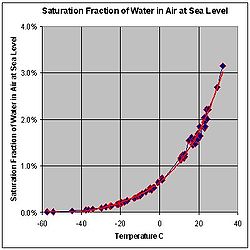It’s -20 where I am now, and only cold “a cold snap is on the way”.
But point taken. -20C or -4F. Mostly I chose -40 because it’s the same F or C, so it’s easy to discuss.
Kev
Most defogger problems are in the temp around freezing point. Less than that and the air is already dry with 0 humidity ..



